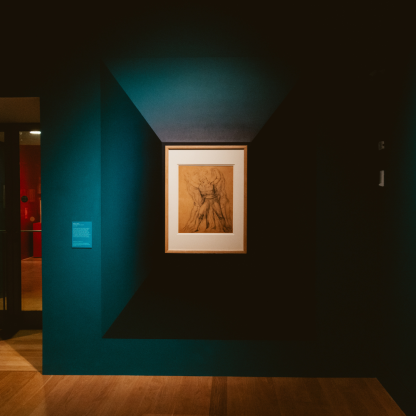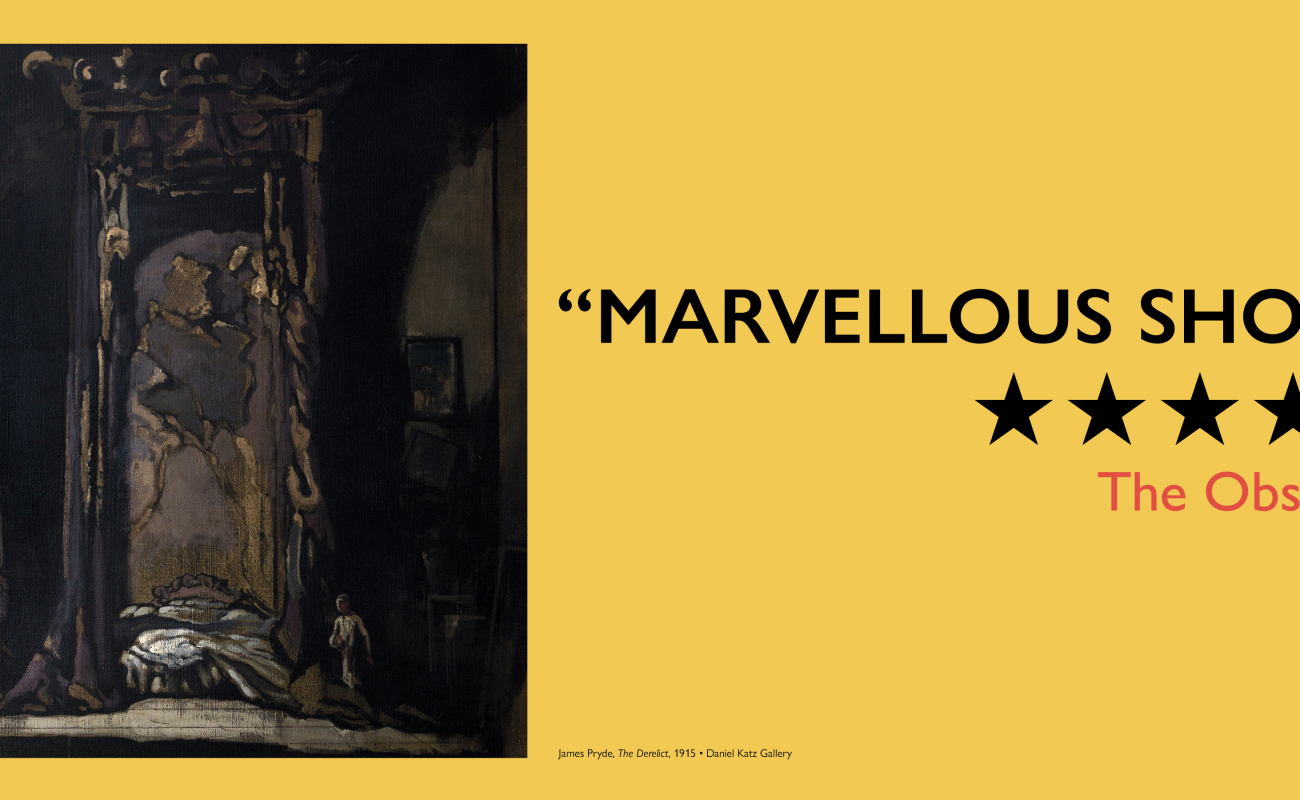Beggarstaffs: William Nicholson & James Pryde
‘Beggarstaffs’ was the pseudonym used by two young painters, William Nicholson and his brother-in-law James Pryde, when they formed a remarkable artistic partnership in the 1890s. Rejecting their conventional art training, they invented an entirely novel collage technique to create the most innovative posters and graphics of the day, including their celebrated 'Don Quixote' design for Henry Irving’s Lyceum Theatre production.
In the later 1890s Nicholson developed his skills as a wood‐engraver and produced several much-loved series of coloured prints. His 'Alphabet' and 'London Types', as well as many arresting portraits of contemporary celebrities, brought him renown as a major graphic artist of the decade.
In the early years of the twentieth century Nicholson and Pryde, though no longer as close as in earlier times, were both acclaimed as leading Modern British painters: Nicholson for the subtlety of his portraits and the brilliant naturalism of his still-life and flower studies and exquisite landscapes; Pryde for the darker, stage-set quality of his street-scenes and imaginary views of sinister ruins.
Pryde and Nicholson’s Beggarstaff graphics and their later individual works as painters have never before been shown together. The exhibition will explore for the first time the fascinating way in which their reciprocal influence and shared love of striking subject-matter worked on their very different temperaments to inspire two remarkable artistic careers.
Exhibition curated by Stephen Calloway.
Associated Galleries
Sign up to our emails
Be the first to hear about our news, exhibitions, events and more…

.png?key=exhibition)
